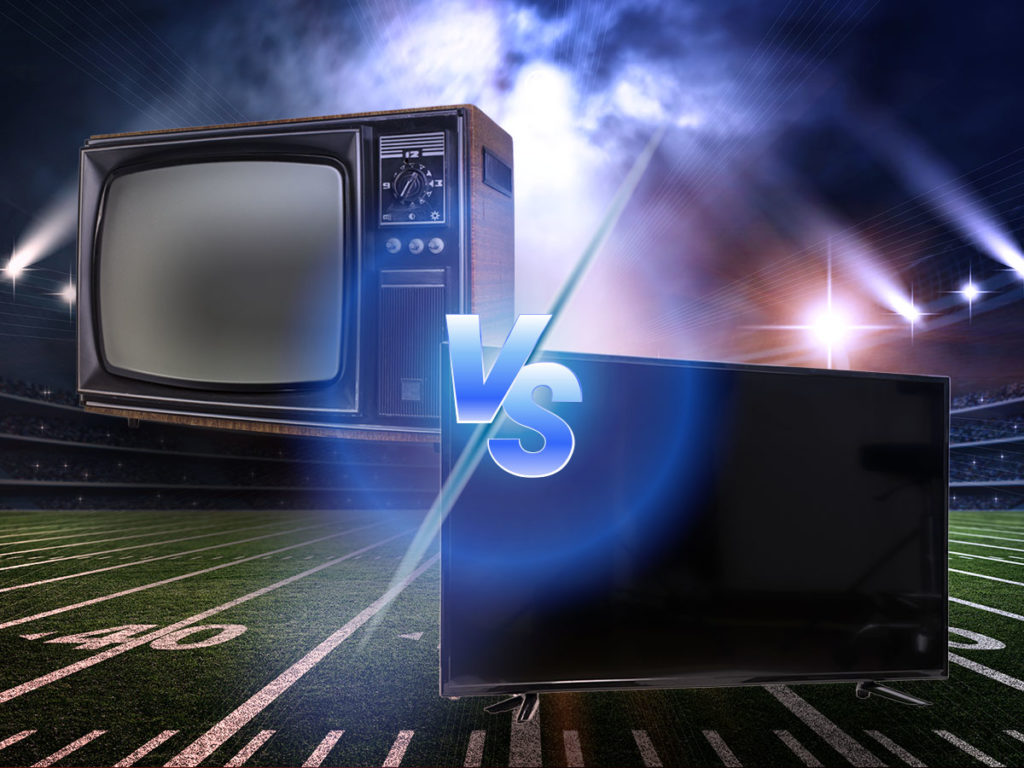CTV Retargeting 101: Complete Guide for TV Advertisers
by Frankie Karrer
8 Min Read
We hate to say we told you so, but…

3 Min Read
It was only a few weeks ago that we deliberated over Super Bowl’s advertising prowess, and now that we’re over a week since the big game, it’s looking like our verdict (and the general consensus) was on the money. We asked the question: are Super Bowl ads worth the current price tag? Based on viewers’ and critics’ reaction, you have to think that they aren’t.
The New York Post criticized this year’s ads, citing that they were “overly safe and formulaic, or bogged down with celebrities and bad ideas.” The Los Angeles Times went on a step further to explain the necessity of Super Bowl ads – and live broadcast television in general – since we “live in a world without television commercials…and only watch TV in real time for [special events]. The Super Bowl ads, despite the attention paid to them; run a qualitative gamut; even some start studded spots leave you with no memory of what they were selling.”
While there were some crowd favorites, like Michael B. Jordan’s personification of Amazon’s Alexa, one advertiser that took the risk (and failed) was Jeep. The brand’s two-minute commercial starring Bruce Springsteen (the longest out of all of the ads) caused an uproar, despite its hopeful message speaking to unity amid political tensions in the United States. Net sentiment towards the Jeep brand dipped 22% after, and the ad was pulled from the air after it was found that Springsteen had a DUI arrest.
Experts predict that it would have cost Jeep’s parent company Stellantis around the double-digit million mark to purchase CBS’s inventory for the two-minutes. Add Springsteen’s appearance fee and you’ve got one expensive TV commercial, screened to the most “ad-crowded Super Bowl ever – and the least-viewed in 14 years.” Jeep’s commercial didn’t deliver the ROI they wanted as it proved an inefficient use of their ad spend.
Almost 92 million viewers tuned into the Super Bowl on CBS, making it the most watched show over the past year. However, it had the smallest network audience since 2006. It was a different story on the digital front. This year’s Super Bowl was the most live-streamed in history, averaging 5.7 million viewers per minute (that’s almost 70% higher than last year). This is a testament to the growth in Connected TV, and Super Bowl advertisers are better placed to put their ad dollars to work on digital channels like that generate a stronger (and more positive) impact without breaking the bank. Will they stop advertising on linear TV during the Super Bowl? No, probably not. But they can and should be looking to use ad dollars on Connected TV.
The Super Bowl may be the single biggest television event of the year, but compare that to a permanent shift in the way viewers consume TV content and it doesn’t seem that ‘super’ after all. CTV advertising platforms like MNTN have brought performance marketing to a television format. Now, any brand can measure and track ROI goals back to a commercial ad, without sacrificing any of the prestige and brand-affinity that comes with television advertising. While we envision that branding-building will always be a constant, we see advertisers also looking for accountability for their advertising channels and framing their digital strategy around KPIs and quantifiable goals. Connected TV advertising is one such solution that helps to address these ongoing challenges as we move to a streaming-dominant TV landscape.